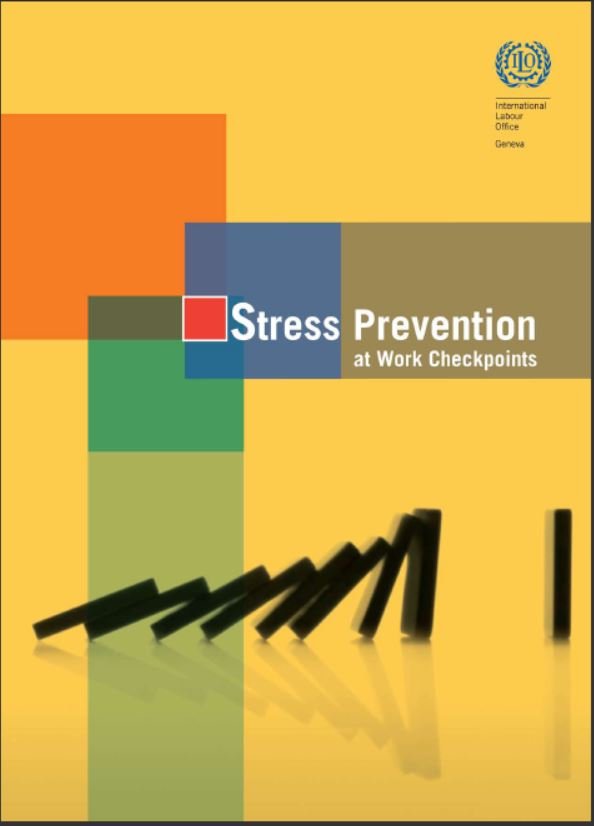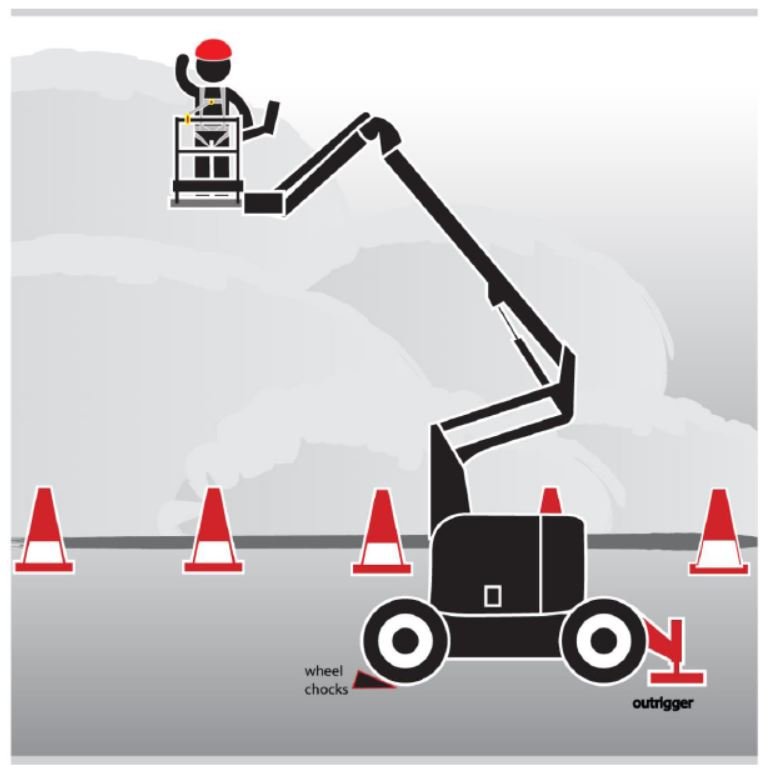Work-related stress is one of the most important issues in many countries and in different kinds of workplaces. Stress has many negative impacts, including circulatory and gastrointestinal diseases, other physical problems, psychosomatic and psychosocial problems, and low productivity. Increasing emphasis is being placed on improving working conditions and work organization with respect to stress at work, and on practical measures to cope with stressful work situations. Recent surveys by the ILO indicate that there are commonly applicable checkpoints for studying and reducing stress at work. It is useful to review recent international experience in this regard and develop easy-to-apply checkpoints applicable in varying situations. It is especially important to optimize workplace conditions and work organization to prevent stress-related problems in the workplace. There are a number of practical countermeasures to such problems, which include optimizing the outer loads (stressors) at work, at home and in the community; increasing the coping ability of workers; and reinforcing support systems for workers.
This manual therefore aims at reviewing workplace stress issues. It includes easy-to-apply checkpoints for identifying stressors in working life and mitigating their harmful effects. It is hoped that workers and employers will be able to use the checkpoints to detect causes of stress at work and take effective measures to address them. It is critical to the success of any program on workplace stress control that the process of preventing stress be linked to risk assessment. The checkpoints in this publication represent good practice for organizations in general, but they must be linked to the specifics of the organization and to particular problems. It is important that stress not be treated differently from other risks; the employer must undertake a risk assessment from which any changes must proceed. A workplace stress prevention policy should not be a separate document, and the issue should be integrated into the overall occupational safety and health policy of the enterprise.
Table of Contents
Foreword . . . . . . . . . . . . . . . . . . . . . . . . . . v
How to use this manual . . . . . . . . . . . . . ix
Stress prevention at work checklist . . . xi
Leadership and justice at work . . . . . . . 1
(checkpoints 1–5)
Job demands . . . . . . . . . . . . . . . . . . . . . . 13
(checkpoints 6–10)
Job control . . . . . . . . . . . . . . . . . . . . . . . . 25
(checkpoints 11–15)
Social support . . . . . . . . . . . . . . . . . . . . . 37
(checkpoints 16–20)
Physical environment . . . . . . . . . . . . . . 49
(checkpoints 21–25)
Work–life balance and working time . 61
(checkpoints 26–30)
Recognition at work . . . . . . . . . . . . . . . . 73
(checkpoints 31–35)
Protection from offensive behaviour . 85
(checkpoints 36–40)
Job security . . . . . . . . . . . . . . . . . . . . . . . 97
(checkpoints 41–45)
Information and communication . . . 109
(checkpoints 46–50)




